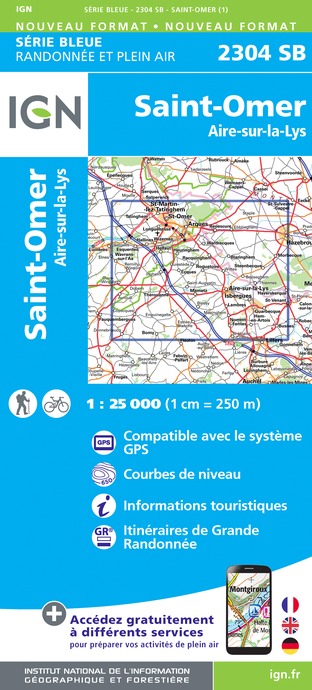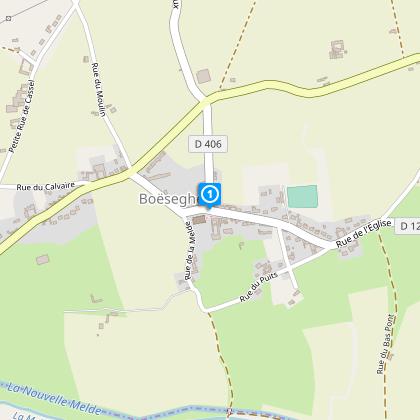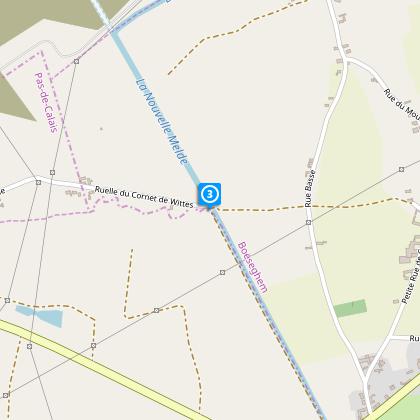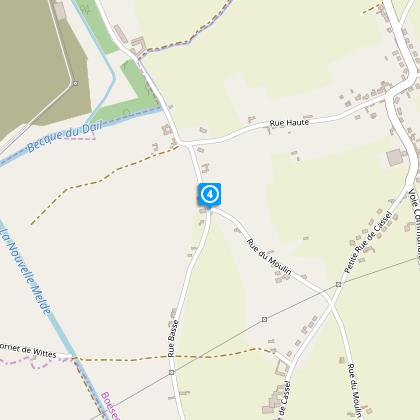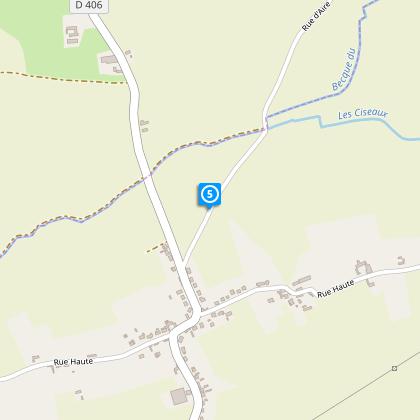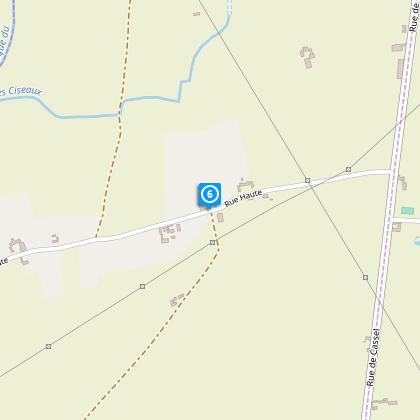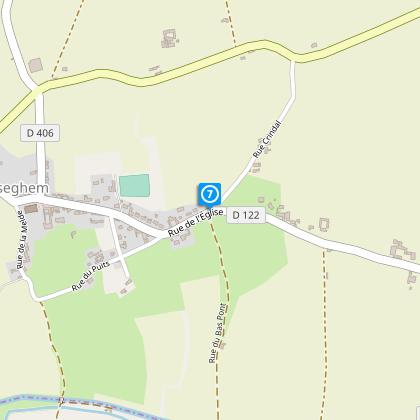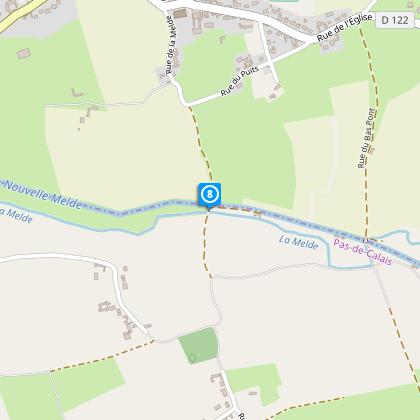Alert
Alerts
Tour of the Head of Flanders

The Cirkwi brief
Imagine strolling through the serene Flemish countryside, where every step takes you through a tapestry of preserved hedgerows, babbling becques, and gentle hills. This idyllic journey, curated by Nord Tourisme, is not just a walk, but an immersion into the heart of nature's unspoiled beauty. With a backdrop of rich heritage buildings dotting the landscape, this route promises an unforgettable escape into tranquility. Remember, though, the adventure does demand durable footwear, especially after rains that leave the paths challengingly muddy. Let yourself be drawn into an exploration where the yellow markers guide you through a realm of pastoral bliss.
Core Traits of the Journey
Spanning approximately 11.6 kilometers, the Circuit de la Tête de Flandre offers a modest elevation gain, fluctuating between 18 to 40 meters above sea level. The route is marked by a 63-meter ascent and 62-meter descent, presenting a relatively gentle topographic challenge ideal for walkers of intermediate fitness. This trail's technicalities lie in its terrain, particularly vulnerable to muddiness during wet weather, necessitating appropriate footwear. The carefully curated route assures a meaningful engagement with the Flemish countryside, guided succinctly by distinct yellow markers.
Seasonal Guide and Tips
For an optimal experience, equip yourself with waterproof shoes, especially in spring or after rainfall, as paths can become rather muddy. During the summer months, the verdant landscape is at its most vibrant, though it's wise to carry sunscreen and plenty of water. Autumn brings a mosaic of colors, yet paths may be slippery with fallen leaves. In winter, the crisp air offers clear views, but daylight is shorter – plan accordingly. Regardless of the season, remain cautious while traversing near the RD 943b - safety first!
A Glimpse into History and Culture
Boeseghem, nestled within the heart of Flanders, harbors a deep-seated cultural and historical essence that spans centuries. This region, integral to both French and Flemish heritage, has been a cradle of agricultural and architectural development. Through the Circuit de la Tête de Flandre, visitors can experience a tangible connection to the past, wandering paths that have been tread upon for generations. The presence of meticulously preserved buildings along the route serves as a testament to the area's resilience and enduring charm.
Weather Insights and Best Visits
The Flemish region, characterized by a temperate maritime climate, offers mild winters and cool summers, making it a year-round destination. However, for those seeking to fully embrace the lush pastoral scenes, late spring to early autumn presents the most favorable weather conditions. During these months, the countryside blooms into life, with drier paths and longer daylight hours enhancing your journey. Yet, always prepare for the occasional shower – after all, the area's verdancy owes much to its well-distributed rainfall.
IGN cards
